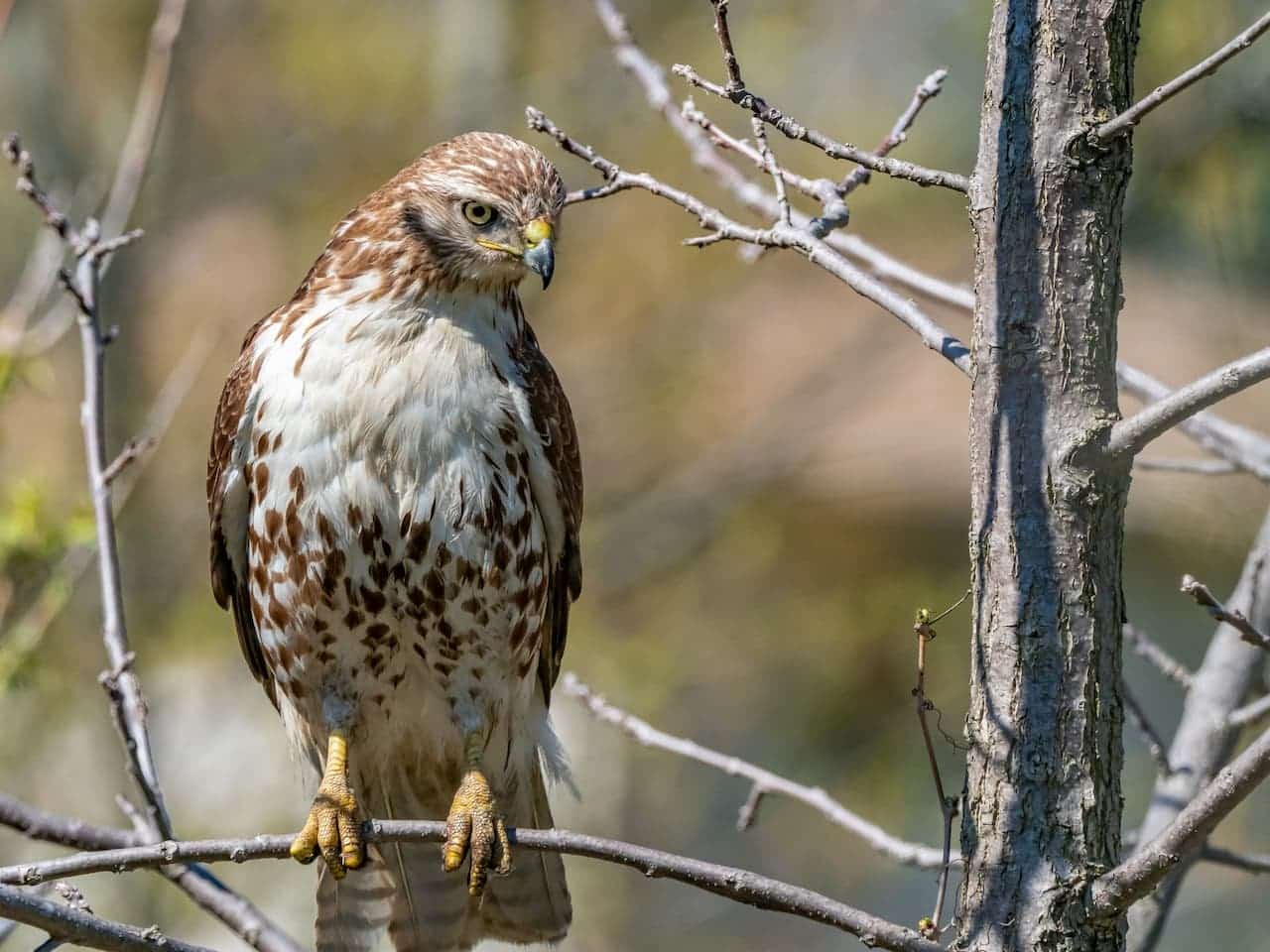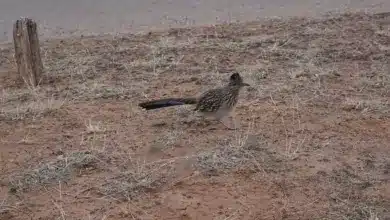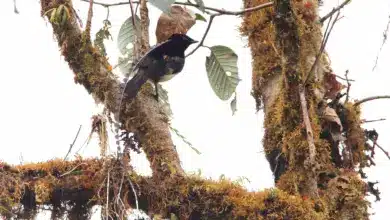Todd’s Nightjars
The Todd’s Nightjars (Caprimulgus heterurus) was previously considered to be a subspecies of the Little Nightjars (Caprimulgus parvulus), but these two species have been separated based on physical and vocal differences (SACC, 2006).
Before its separation from the Little Nightjars, the Todd’s Nightjar was known as Santa Marta Nightjar or Santa Marta Little Nighthawk- named for, what was previously believed to be its native range – the Santa Marta region of Colombia.
However, Todd’s Nightjar is mostly a Venezuelan endemic, and – after its separation from the Little Nightjars (the species found in that region) – this name was found to be inaccurate and misleading.
It was, therefore, decided to change its name to “Todd’s Nightjar” in honor of W.E.C. Todd who first described the species in 1915. However, some authorities still consider these two species to be conspecific (the same species).
They are sometimes referred to as goatsuckers, as they were often seen in fields together with goats and sheep, and the myth was born that they were there to suck milk from the teats of goats (the Latin word for goat-sucker or goat-milker is Caprimulgus).
However, instead, they fed on the insects that were attracted to livestock. In the past, night-flying birds – such as the nightjars – were suspected of witchery.
The nightjar, as suggested by the name, is strictly nocturnal. Throughout the day, it typically rests quietly in densely vegetated hiding places. At night, they become active as they hunt flying insects in more open landscapes, such as forest clearings, wetlands, and along rivers.
Due to their cryptic appearance, they can blend perfectly into their habitat and are difficult to spot during the daytime, when they are usually hidden away from sleeping.
They are most easily detected at night when light from car headlights is reflected ruby-red from their eyes, as they are sitting on tracks or roads.
However, their presence is usually made known by their loud calls given at dusk.
Alternate (Global) Names:
Danish: Santa Marta-natravn … French: Engoulevent de Santa Marta, Engoulevent des Santa Marta … Slovak: lelek Toddov … Spanish: Guardacaminos de Todd
Distribution / Range
The Todd’s Nightjar is found in northernmost South America, where its range stretches from extreme northeast Colombia, across northern and central Venezuela. A single Todd’s Nightjar was sighted and sound-recorded in the adjacent country of Guyana on September 1, 2006, in the village of Yupukari in the northern Rupununi savanna. This species might expand its range into the savannas of northernmost Brazil (most likely in the state of Roraima, which is closest to its present range).
The Todd’s Nightjar inhabits sparse parts of gallery forest edges, open dry to humid forests, scrubby or deciduous woodlands, dry savanna, and shrubland, as well as human-modified habitats, such as pastureland and plantations – from sea level to 6,500 feet (2,000 meters).
Description
The Todd’s Nightjar resembles the Little Nightjar, except it has a much wider white band across the five outer primaries (wing feathers), a slightly darker upper plumage, and slightly larger white spots on all but the central two tail feathers (Cleere 1998, Nightjars, Pica Press).
Calls / Vocalizations
The Todd’s Nightjar’s calls are described as an “evenly pitched ‘pik,gobble-gobble-gobble-gobble-gobble‘.” The song of the related Little Nightjar‘ is a”warbled ‘dop,dro-dro-dro-dro-dro‘”;
Nesting / Breeding
The male establishes his territory and sings at night to keep rivals away and at the same time to attract a female.
Nightjars don’t construct a nest, as most other bird species do. They simply place the eggs on the ground on open soil covered with dead leaves, often beneath overhanging grasses and plants.
Nesting appears to be timed in such a way that the moon is more than half full at the time they are feeding their young – likely as the additional light during the night facilitates caring for the young and foraging for food.
The female may lay one to two eggs (mostly two) that are buffish or creamy-brown with finely spotted and scrawled grey, black, and brown.
During the day, the incubation of the eggs is undertaken by the female, while both parents share the incubation at night. The incubation period is about 19 to 21 days.
The newly hatched chicks are covered in feathers. Even though quite helpless, they are capable of short-distance movements within 24 hours of hatching. They often move apart from each other and/or the parents shove them apart as they flush the nest. This may be to make it more difficult for predators to detect them. The male stands guard and defends the nest and the chicks. He will hover in place near the nest with his body in a nearly vertical position. The parents communicate with their offspring via soft clucking sounds to which the chicks respond.
The parents feed the chicks regurgitated food (insects), and they continue to brood them until they fledge. The nestlings take their first flight when they are about 20 to 21 days old.
If conditions are favorable, the female may lay a second clutch close to the first and while she is incubating the new set of eggs, the male continues to care for the young from the first brood.



